NREL releases 2015 renewable energy data book

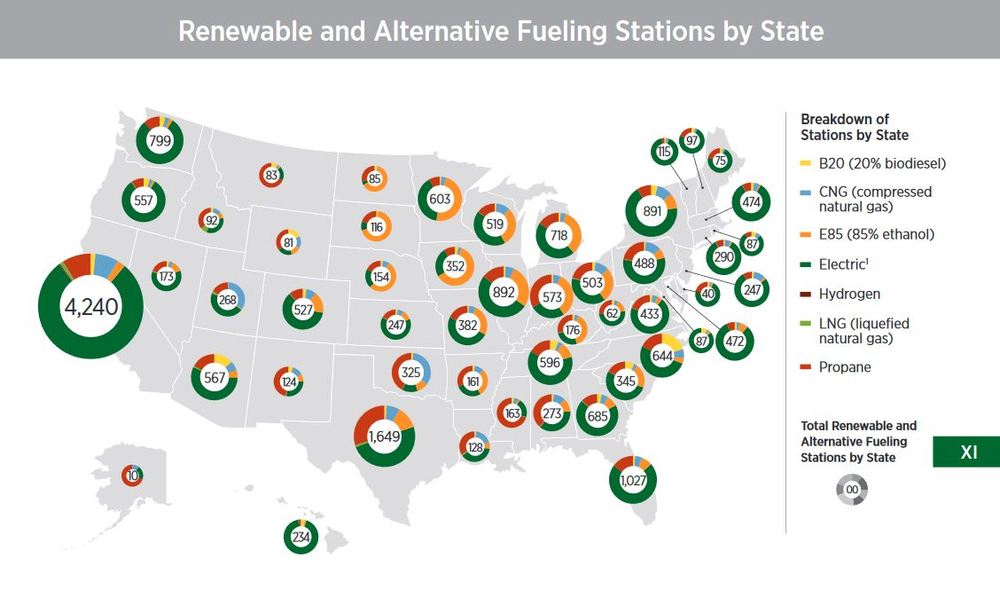
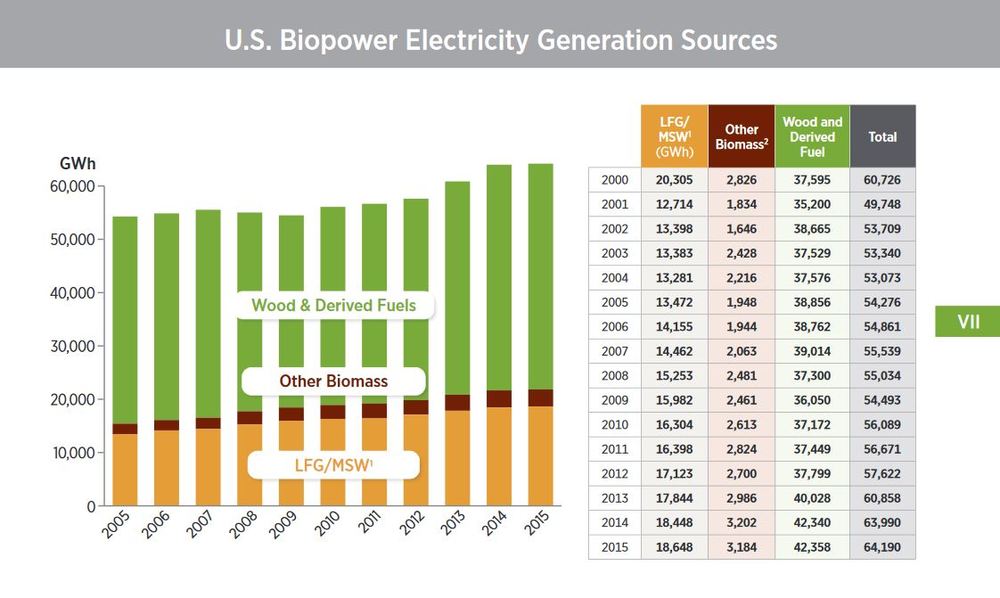
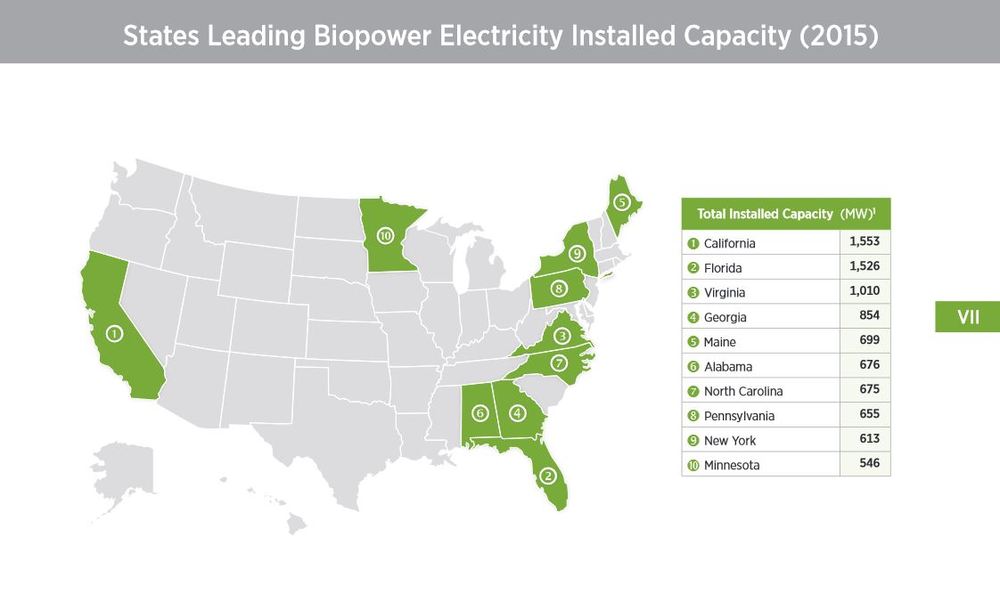
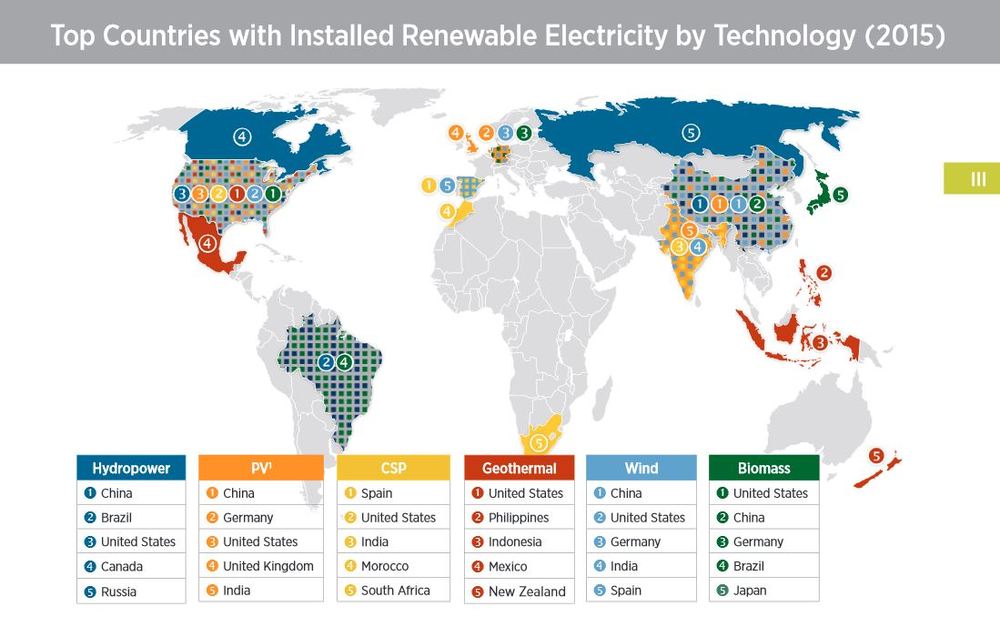
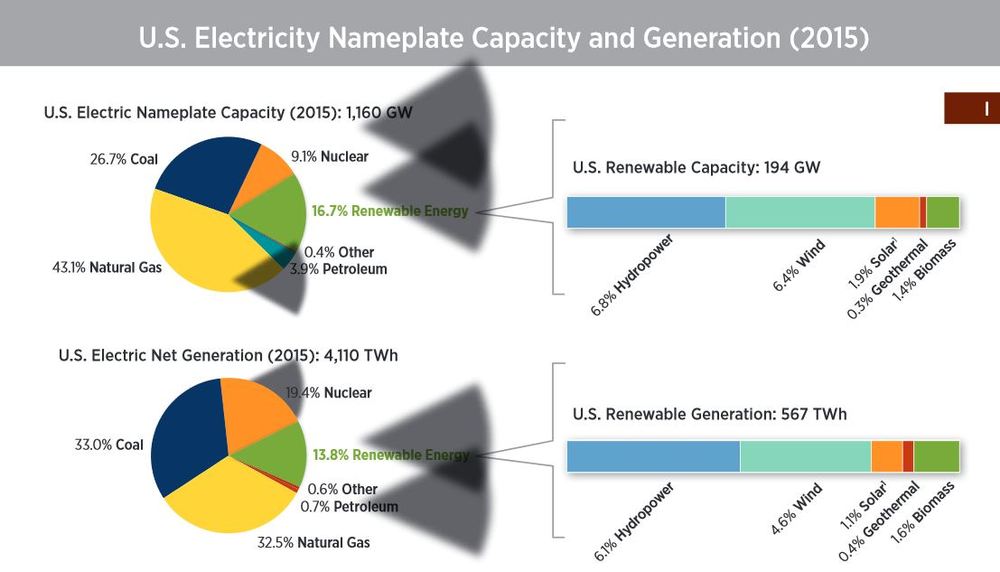
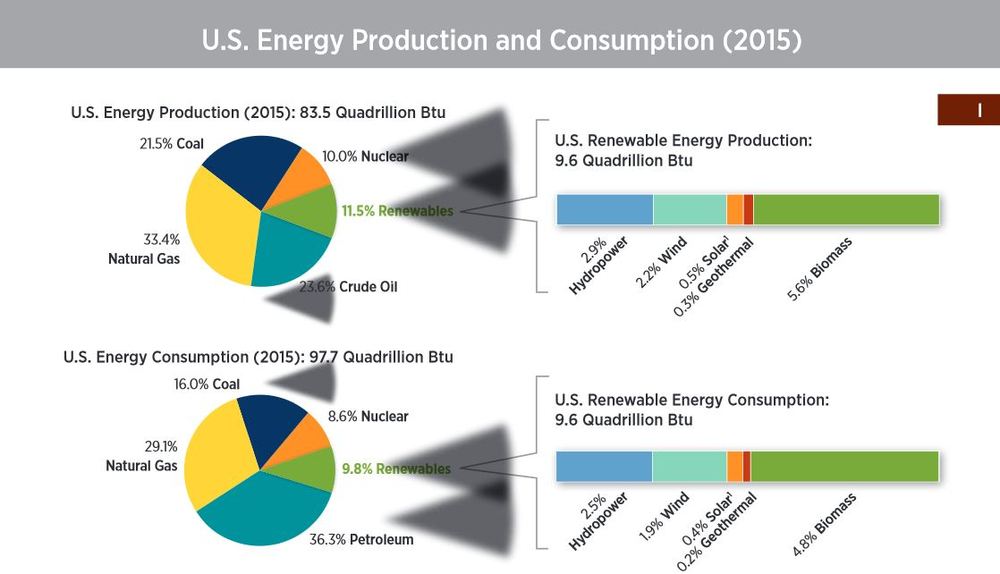

National Renewable Energy
December 16, 2016
BY Katie Fletcher
The National Renewable Energy Laboratory recently released its 2015 Renewable Energy Data Book, showing that renewable electricity grew to 16.7 percent of total installed capacity in the U.S. and 13.8 percent of total electricity generation during the past year. Globally, renewable electricity capacity continues to increase, representing 29.5 percent of total electricity capacity worldwide in 2015.
NREL’s annual data books illustrate both U.S. and global energy statistics, including renewable electricity generation, renewable energy development, clean energy investments, and technology-specific data and trends.
"Since it was first released in 2009, the Renewable Energy Data Book has provided useful insights for policymakers, analysts and investors," said Philipp Beiter, NREL energy analyst. "The 2015 version of the data book highlights the ongoing trend of growing renewable energy capacity and generation in the United States and globally."
The latest version of the data book shares recently compiled statistics for the 2015 calendar year.
Overall, total U.S. energy production was 83.5 quadrillion Btu in 2015, with 11.5 percent, or 9.6 quadrillion Btu, coming from renewable energy. The largest share of renewable energy production came from biomass, which made up 5.6 percent of the 11.5 percent.
Advertisement
Advertisement
Total U.S. energy consumption was 97.7 quadrillion Btu in 2015, with 9.8 percent, or 9.6 quadrillion Btu, as consumption from renewable energy. Again, like U.S. renewable energy production, biomass made up the largest share of the renewables consumption at 4.8 percent of the 9.8 percent.
During the year, installed renewable electricity surpassed 194 gigawatts (GW) in 2015, generating 567 terawatt-hours (TWh). Cumulative installed renewable electricity capacity has grown 91 percent from 101 GW in 2005, which is equivalent to a compound annual growth rate of 6.7 percent per year, or an average of 9.3 GW installed capacity per year.
U.S. electricity capacities of biomass have remained relatively stable from 2000 to 2015. In 2015, 287 MW of biomass nameplate net capacity was added. The cumulative biomass electricity nameplate capacity is 15.7 GW, an annual increase of 1.9 percent. Biomass has a compound annual growth rate between 2005 and 2015 of 3.4 percent. The top states for cumulative biomass electricity installed capacity in 2015 are California, Florida, Virginia, Georgia and Maine. California has the highest 2015 cumulative biomass electricity installed capacity with 1.6 GW.
The share of electricity produced from biomass in 2015 as a percentage of total renewable energy generation was 11 percent and 1.6 percent of total U.S. electricity generation from all sources. Total U.S. electricity generation from biomass was 64,190 GWh in 2015, an annual increase of 0.3 percent. Biopower is further broken down into three sources in the data book to landfill gas and municipal solid waste, other biomass, and wood and derived fuel. Wood and derived fuels made up the highest share of biopower electricity generation with 42,358 GWh of the total 64,190 GWh.
In 2015, renewable electricity accounted for 64 percent of U.S. electricity capacity additions, in comparison to 52 percent in the prior year. Biomass only accounted for 1 percent of the new capacity additions. Approximately 15 GW of coal-fired generation retired in 2015, which, according to the data book, is the highest in a single year to date.
Advertisement
Advertisement
On a global scale, biomass comprised 6 percent of cumulative installed renewable electricity capacity in 2015. Global biomass electricity capacity has a compound growth rate (2005-2015) of 9.2 percent. The top countries with installed biomass electricity capacity are the U.S., China, Germany, Brazil and Japan.
Besides renewable electricity, NREL’s data book contained a section on renewable and alternative fuels.
U.S. ethanol production increased by nearly 2.8 percent to 14.7 billion gallons in 2015, despite continued price decreases for ethanol and gasoline. In 2015, Iowa had the largest corn ethanol production capacity at 3.9 billion gallons per year. The U.S. produced 57 percent of the world’s ethanol in 2015, followed by Brazil at 28 percent. Ethanol was at $2.42 per gallon on a gasoline gallon equivalent in 2015, compared to $3.12 per gallon in 2014.
U.S. biodiesel production increased slightly to 2.09 billion gallons (2.23 billion gasoline gallons equivalent) in 2015 from 1.98 billion gallons in 2014. According to the data book, biodiesel production in the U.S. has increased steadily over the last decade, with production volume increasing by a factor of 27 from 2005 to 2015. The U.S. led the world in biodiesel production, followed by Brazil, Germany and Argentina. Biodiesel was at $2.66 per gallon on a gasoline gallon equivalent in 2015, compared to $3.60 per gallon in 2014.
NREL’s data book is produced by its Strategic Energy Analysis Center and published on behalf of the energy department’s Office of Energy Efficiency and Renewable Energy. The full 2015 Energy Data Book can be downloaded here.
Related Stories
The U.S. EPA on July 8 hosted virtual public hearing to gather input on the agency’s recently released proposed rule to set 2026 and 2027 RFS RVOs. Members of the biofuel industry were among those to offer testimony during the event.
The USDA’s Risk Management Agency is implementing multiple changes to the Camelina pilot insurance program for the 2026 and succeeding crop years. The changes will expand coverage options and provide greater flexibility for producers.
President Trump on July 4 signed the “One Big Beautiful Bill Act.” The legislation extends and updates the 45Z credit and revives a tax credit benefiting small biodiesel producers but repeals several other bioenergy-related tax incentives.
CARB on June 27 announced amendments to the state’s LCFS regulations will take effect beginning on July 1. The amended regulations were approved by the agency in November 2024, but implementation was delayed due to regulatory clarity issues.
SAF Magazine and the Commercial Aviation Alternative Fuels Initiative announced the preliminary agenda for the North American SAF Conference and Expo, being held Sept. 22-24 at the Minneapolis Convention Center in Minneapolis, Minnesota.
Upcoming Events










